Search
Remove Ads
Advertisement
Search Results
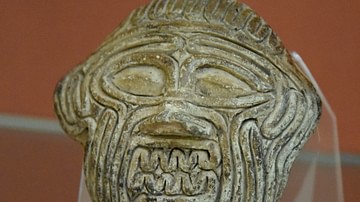
Article
Gilgamesh and Huwawa
Gilgamesh and Huwawa is a Sumerian poem relating the expedition of Gilgamesh and Enkidu to the Cedar Forest and the slaying of the monster-demon Huwawa. The work predates and informs The Epic of Gilgamesh in which the death of the monster...

Article
Inanna and Ebih
Inanna and Ebih is a Sumerian/Akkadian poem attributed to Enheduanna (l. 2285-2250 BCE), daughter of Sargon of Akkad. The work's original title is Inninmehusa ("Goddess of the Fearsome Powers") and tells the story of the goddess Inanna's...

Image
French Revolutionary Tribunal
Depiction of the Revolutionary Tribunal during the French Revolution (1789-99) by an unknown author, c. 19th century.
National Library of France, Paris.
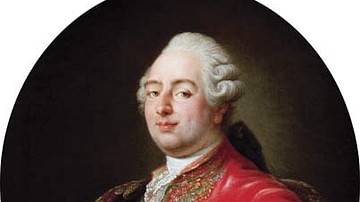
Definition
Louis XVI of France
Louis XVI (l. 1754-1793) was the last king of France (r. 1774-1792) before the monarchy was abolished during the French Revolution (1789-99). An indecisive king, his attempts to navigate France through the crises of the 1780s failed, leading...
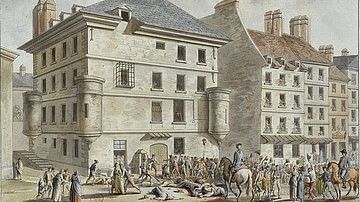
Definition
September Massacres
The September Massacres refers to a series of mass killings that took place in the prisons of Paris between 2 and 7 September 1792, during the French Revolution (1789-99). Sometimes known as the first Terror, the massacres saw between 1,100...

Image
Execution of the Robespierrists, 28 July 1794
Execution of Maximilien Robespierre and his allies including Louis-Antoine Saint-Just, Georges Couthon, Augustin Robespierre, and Francois Hanriot on 28 July 1794, considered to be the end of the Reign of Terror. Couthon is being beheaded...
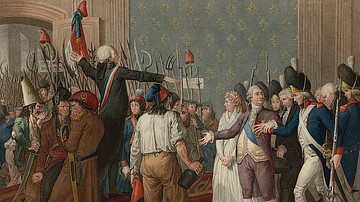
Definition
Demonstration of 20 June 1792
The Demonstration of 20 June 1792 was a final attempt by the sans-culottes of Paris to reconcile King Louis XVI of France (r. 1774-1792) with the French Revolution (1789-99). Prompted by the king's veto of popular decrees, the people invaded...
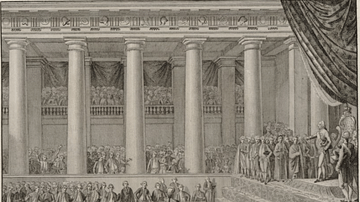
Article
Louis XVI, the Girondins, & the Road to Revolutionary War (1791-92)
On 20 April 1792, King Louis XVI of France (r. 1774-1792) stood before the Legislative Assembly and, with a faltering voice, read a declaration of war against Austria, to the ecstatic delight of the gathered deputies. This declaration sealed...
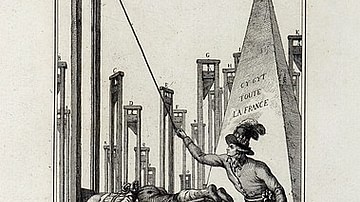
Image
Cartoon Showing Robespierre Guillotining the Executioner After Having Guillotined Everyone Else
A political cartoon showing Maximilien Robespierre guillotining the executioner after having already guillotined everyone else in France. A commentary on the Reign of Terror. Unknown author, c. 1794.
National Library of France, Paris.

Definition
Honoré-Gabriel Riqueti, comte de Mirabeau
Honoré-Gabriel Riqueti, comte de Mirabeau (l. 1749-1791) was a French orator and nobleman who rose to prominence as a leader during the early stages of the French Revolution (1789-1799). From the disgraced and scandalized son of a distinguished...